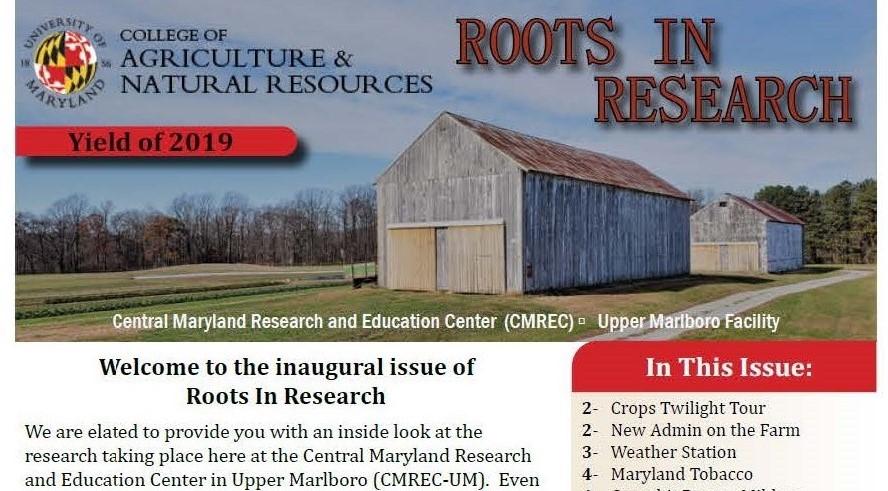Updated: August 22, 2025
Soil Health (FS-2025-0754)
Authors:
Sarah Hirsh
Soil health is the status of soil in terms of its ability to function and sustain life. It involves physical, chemical, and biological factors that are all interrelated. Soil organisms are critical for building good soil structure, ensuring air and water movements through the soil, decomposing organic materials, and cycling nutrients. A soil with good physical structure and with sufficient nutrient cycling will encourage increased numbers and diversity of soil organisms. When we manage soil with practices that minimize disturbance, maximize soil cover, maximize biodiversity, and maximize the presence of living roots, we can increase soil health, increasing the sustainability and profitability of agriculture. Author: Sarah Hirsh; Title: Soil Health (FS-2025-0754).
Updated: March 12, 2025
Cover Crop Planning (FS-2024-0743)
Cover crop planning according to cover crop purpose, cover crop window within cash crops, and realistic expectations can greatly increase the benefits that cover crops provide, making the overall farming system more productive, sustainable, and profitable. Author: Sarah Hirsh, Ph.D., Haley Sater, Ph.D, and Dwayne Joseph, Ph.D.; Title: Cover Crop Planning (FS-2024-0743).
Updated: May 7, 2024
Is Starter Phosphorus Fertilizer Necessary for Corn Grown on Atlantic Coastal Plain Soils? (FS-1160)
Authors:
Dr. Nicole Fiorellino
Despite reports of phosphorus (P) deficiencies in corn grown on soils with high P concentrations in Maryland, the scientific literature does not consistently demonstrate a yield increase with the use of starter P fertilizer. In this study, we evaluated corn yields with and without starter P application on soils across a wide range of soil P concentrations in Maryland to determine if our local conditions are consistent with the literature. Author: Nicole M. Fiorellino; Title: Is Starter Phosphorus Fertilizer Necessary for Corn Grown on Atlantic Coastal Plain Soils? (FS-1160).
Updated: May 11, 2022
Soil Sampling for Optimizing Agricultural Production in Maryland (FS-1184)
Soil samples provide information about the soil fertility status of a field, which is used to generate nutrient and lime recommendations and develop a farm's nutrient management plan. This factsheet outlines proper soil sampling techniques (how, when, why) to optimize crop production, minimize environmental degradation, and maximize farm profitability. Authors: Brian Kalmbach and Dr. Gurpal Toor; Title: Soil Sampling for Optimizing Agricultural Production in Maryland (FS-1184)
Updated: January 15, 2021
University of Maryland Phosphorus Management Tool: Technical Users Guide
Authors:
Joshua M. McGrath
Our objective was to develop a phosphorus site index (PSI) that uses readily available information to evaluate the relative risk of P transport from agricultural fields, including vegetable and row crop production and pasture based systems where P may be applied either as inorganic or organic fertilizer. Furthermore, the PSI should be applicable within all physiographic provinces present in Maryland. Phosphorus transport is controlled by site characteristics (e.g. hydrology and slope), climate, and P sources (e.g. manure, inorganic fertilizer, and soil P). The revised PSI, or the University of Maryland – Phosphorus Management Tool (UM-PMT), seeks to include new science relative to site and source factors and highlight management decisions so that the learning opportunities associated with performing a P index are more pronounced. The overall objective is to identify critical areas where there is a high P loss potential due to both a high transport potential and a large source of P, and also to encourage the use of management practices in those critical source areas that protect water quality.

